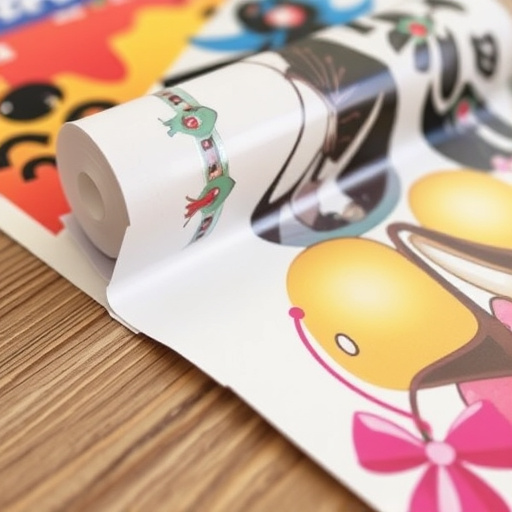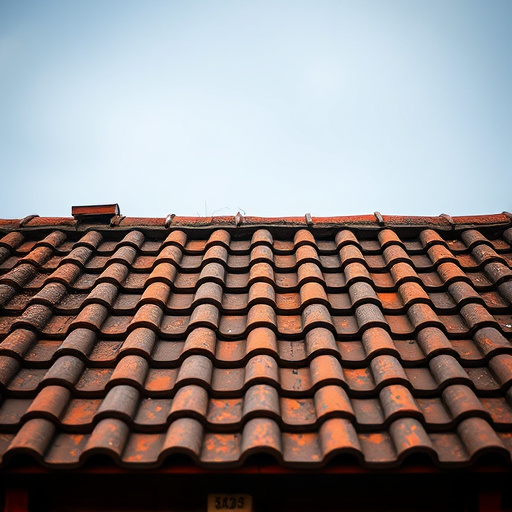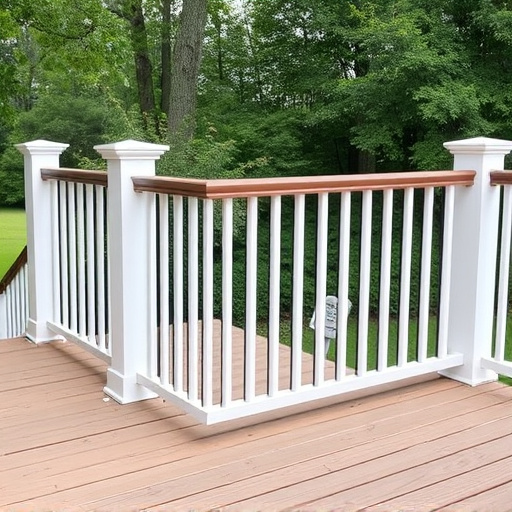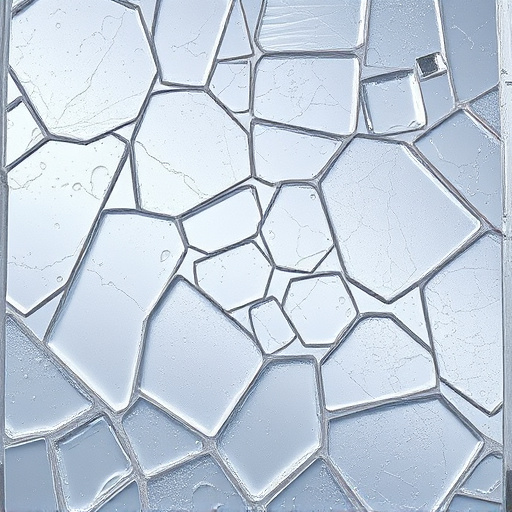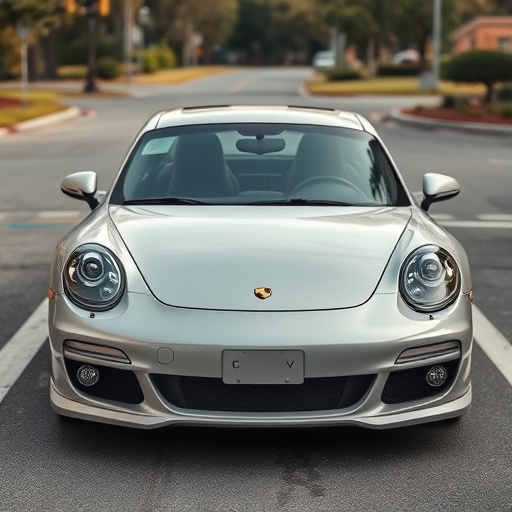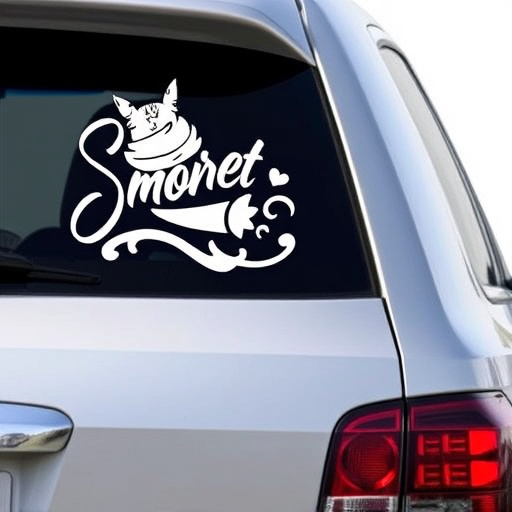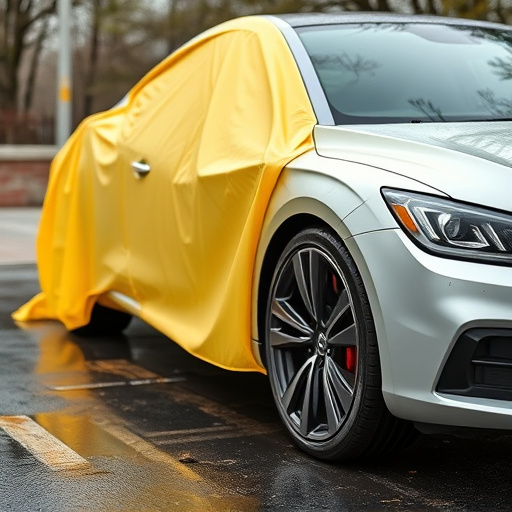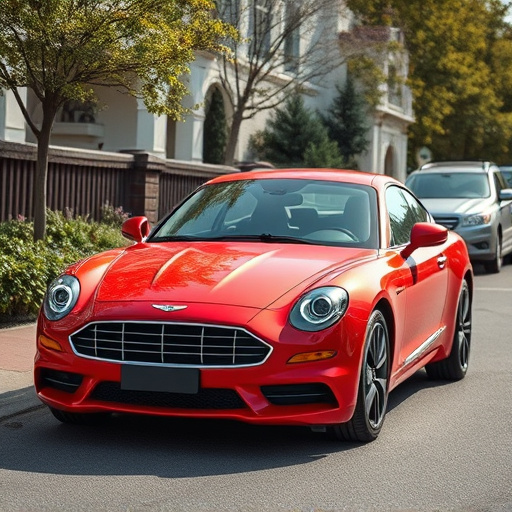Post-polishing care is essential for maintaining the enhanced aesthetics and longevity of your vehicle's finish after a professional polishing service. This includes protecting against weather, acidic substances, UV rays, regular washing with dedicated car shampoos, and drying with microfiber towels. By following these steps, you preserve custom looks from services like paint protection film application or ceramic window tinting, increase resale value, and ensure polished surfaces remain at their best for longer periods. Professional polishing is a proven strategy for long-term surface preservation and enhancement across various industries.
In the realm of surface care, post-polishing maintenance is an often overlooked yet crucial step. This article provides expert tips on how to extend the life of polished surfaces with effective strategies tailored for professionals. We’ll explore the significance of post-polishing care in preventing damage, offering insights into identifying potential triggers. From advanced techniques using professional tools to long-term strategies for durability, this guide ensures you master the art of maintaining a pristine, polished finish.
- Understanding the Importance of Post-Polishing Care
- – The role of post-polishing in surface longevity
- – Prevention is key: Identifying potential damage triggers
Understanding the Importance of Post-Polishing Care

Post-polishing care is an essential step in maintaining the gleam and longevity of your vehicle’s finish, especially after a professional polishing service. It’s more than just keeping the shine; it involves protecting the car’s new look and enhancing its overall aesthetic appeal. This process ensures that the benefits of a high-quality polish are sustained, preserving the detailed work done during the customization process, be it through paint protection film application or ceramic window tinting.
Regular maintenance after professional polishing includes washing with dedicated car shampoos to avoid damaging the finish and using microfiber towels for drying. Protecting the paintwork from harsh weather conditions, acidic substances, and UV rays is crucial. These simple steps, when followed diligently, will not only maintain the car’s custom look but also increase its resale value over time.
– The role of post-polishing in surface longevity
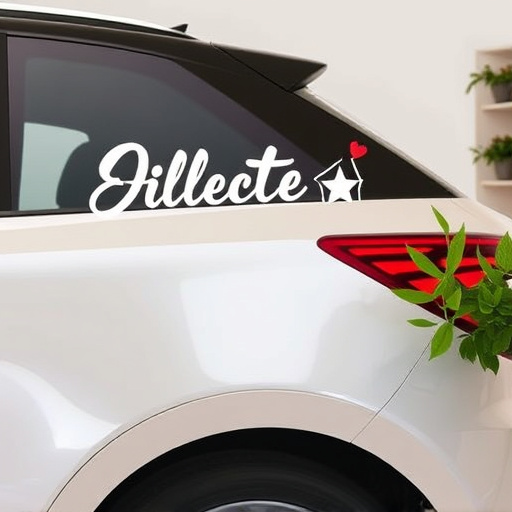
Post-polishing is an essential step in surface maintenance that plays a pivotal role in determining the longevity and aesthetics of various materials, from vehicles to furniture. It involves refining and enhancing the final finish, ensuring a flawless and durable outcome. By employing professional polishing techniques, experts can reveal the true potential of a surface, bringing out its natural beauty and protective properties.
This process not only improves the visual appeal with high-quality finishes but also provides a protective layer against environmental damages. Custom graphics and paint correction techniques, when incorporated into post-polishing, allow for unique designs and flawless repairs, enhancing the overall value and uniqueness of an object. Ultimately, investing in professional polishing is a game-changer for maintaining and preserving surfaces over time.
– Prevention is key: Identifying potential damage triggers
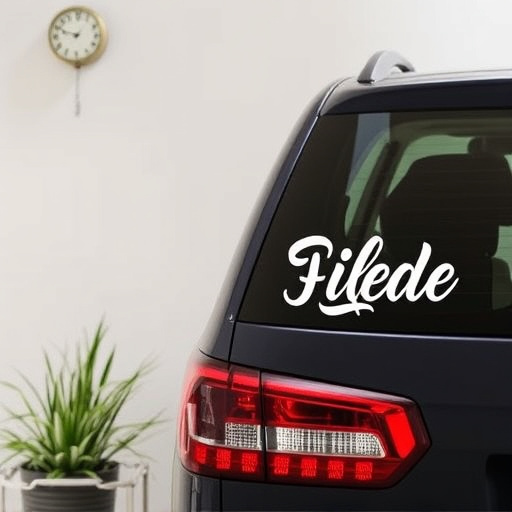
Preventative maintenance is an often overlooked yet crucial aspect of keeping surfaces looking their best after professional polishing. By identifying potential damage triggers early on, professionals can significantly extend the lifespan of the polished finish. Common culprits include UV rays from the sun, which can degrade the surface over time, and environmental contaminants like bird droppings, tree sap, or industrial pollutants. These elements can weaken the bond of the polish and lead to scratching or discoloration.
Regular washing and sealing are essential strategies for preventing post-polishing damage. Using pH-neutral cleaning agents and microfiber cloths ensures that surfaces remain unharmed during cleaning. Additionally, applying a protective ceramic coating or window tinting (especially for vehicles) can create an extra barrier against harmful elements, enhancing the durability of the polished finish—a benefit also seen with ceramic window tinting.
In conclusion, expert tips for post-polishing surface maintenance are essential for preserving the longevity and aesthetic appeal of any polished surface. By understanding the importance of this care routine and identifying potential damage triggers, you can ensure a vibrant, lasting finish with each professional polishing session. Implement these strategies to keep your surfaces looking their best for years to come.
